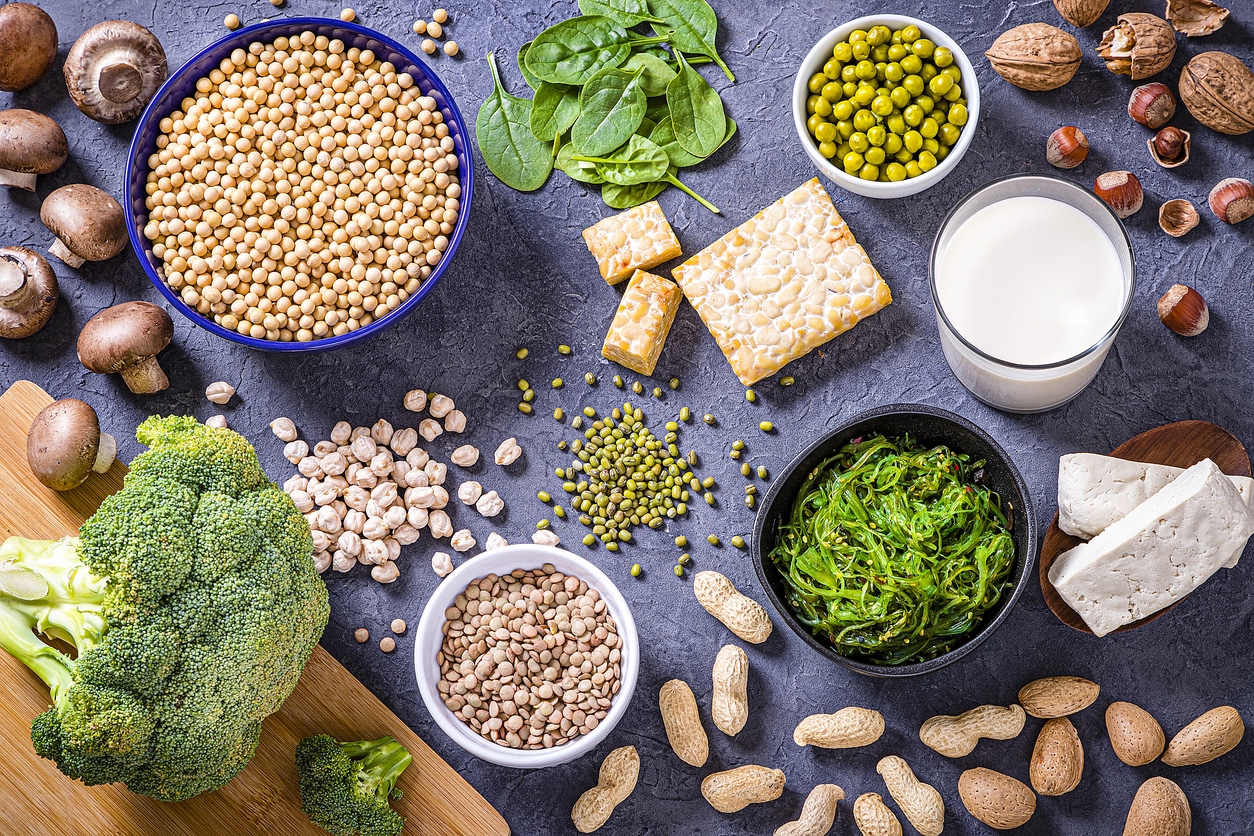You can manipulate your metabolism by changing what you eat.
Insulin and glucagon are antagonistic hormones—each with very important functions. A rise in insulin will help your cells use glucose for energy and store any excess as fat. Those who have hyperinsulinism (the secretion of too much insulin) are in chronic fat storage mode. Cells then become resistant to all that circulating insulin—insulin resistance.
Under what conditions do hyperinsulinism and insulin resistance occur? Consuming more carbohydrates than your unique biochemistry can tolerate. Hyperinsulinism or insulin resistance is defined as a condition of carbohydrate intolerance. In its extreme, it’s called type 2 diabetes.
Glucagon’s role is to help break down glycogen (stored glucose in liver and muscle) so the body can use glucose for energy. Once glycogen stores are pretty much depleted, glucagon becomes a fat burning hormone.
Here’s the key: Because they’re antagonistic, glucagon and insulin cannot play together. Insulin will not be upstaged by glucagon, therefore we have to lower insulin levels first. How? By greatly reducing the amount of carbohydrates consumed. This is the only way. Keep eating too many carbs and you’ll keep producing more insulin.
Simply put, insulin is a fat-storage hormone and glucagon is a fat-burning hormone. They cannot function simultaneously. Clearly there is no magic bullet for reducing insulin—except for the reduction of carbohydrates. Once insulin comes off stage, glucagon can come out and play—turning you into a fat-burning machine!
Along with the fat-burning metabolism glucagon propels, other wonderful good health hormones like human growth hormone and testosterone increase as well.
So you see, manipulating your metabolism is within your control should you choose to seize it.
To your health!






